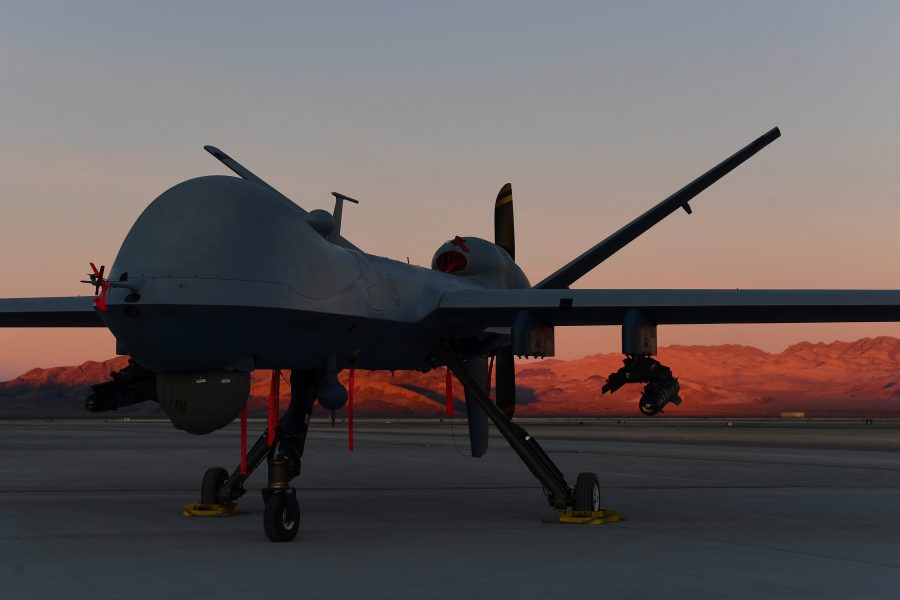The Air Force wants its follow-on to the venerable MQ-9 Reaper to move beyond the surveillance and strike roles, and be able to conduct air-to-air and base defense missions with increased autonomy to lessen the number of people in the loop, the service’s top acquisition official said.
The Air Force released a request for information on June 3 for the Reaper’s replacement, with responses due July 20. The goal is to replace the MQ-9 with an operational remotely pilot aircraft by 2031—a timeline that is an “eternity” in a modern, digitally engineered world, Air Force Assistant Secretary for Acquisition Will Roper told reporters in a July 14 video conference. With most future programs, new aircraft and systems need to move beyond traditional, individual roles to serve a greater purpose in a high-end fight.
“If all we do is replace the MQ-9 mission only, we really generated a bill for the Air Force,” Roper said. “We haven’t saved any funding to be able to afford the program itself. We made the pivot to divest the MQ-9 to pivot into high-end warfighting. We’re going to have to build new systems for high-end warfighting. … So I think the litmus test for the MQ-Next is going to be what other letter can we assign to its name, because it’s doing a mission other than ISR and strike.”
For example, the follow-on to the Reaper could be armed with air-to-air weapons, so it can protect high-value assets that don’t have defensive systems, such as tankers.
“It’s things like that that will open up an opportunity for us to go faster on the program, because the more of a mission we can take on, well that’s less we’re having to spend for those missions [that are] otherwise generating an asset bill for the Air Force,” Roper said.
An armed MQ-Next can help with logistics and base defense as well, Roper said. While the official response to the RFI is not due yet, industry has already shown concepts that can serve multiple roles, he said.
MQ-9s have already flown 4 million operational flight hours, playing an indispensable combat role in the Middle East while also providing surveillance in other theaters. The June 3 RFI states that the service is already planning for the fleet’s “end of service life,” though lawmakers such as the House Appropriations Committee is looking to keep production of the aircraft rolling. The Air Force did not call for any more MQ-9 buys in its 2021 budget request, but it also didn’t ask for any cuts.
Roper said the MQ-9 is outdated in several ways because it was “designed at a different point in technology.” For example, a main reason it needs to be replaced is because it flies low, slow, and without stealth, making it susceptible to enemy air defenses. It relies heavily on GPS, which can be denied by several adversaries, not just those with high-end capabilities. And, it requires “a ton of people” to operate, leading to more cost and infrastructure, he said.
“Now, many of the things we have people do, we can automate,” Roper said. “So there’s one function we are pulling the thread on, which is: How do we do the smart automations so that we still have people in the loop for critical decisions … [and] where do we simplify how people interact with the [user interface] itself. So, we have to automate as much as possible if we’re going to keep the platform affordable.”
